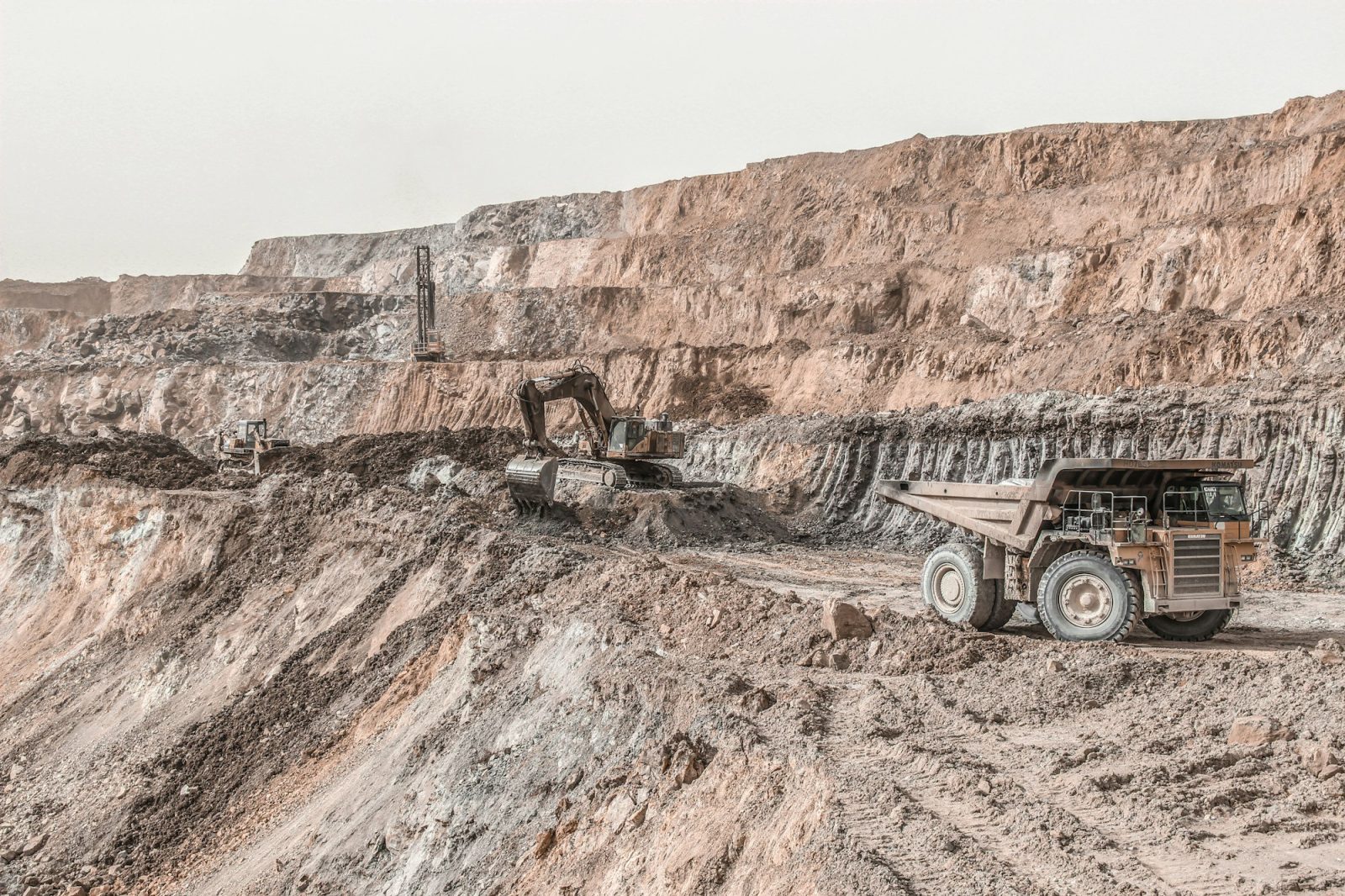The U.S. rare earths sector is suddenly back in focus as investors rush to find the next big play in critical minerals. Beijing’s new export restrictions and fresh tariff threats from Washington have reignited fears over America’s dependence on China for materials used in everything from fighter jets to EV batteries. The renewed tension sent shares of domestic miners higher — a surge some traders are calling the industry’s own “crypto moment.”
The excitement was fueled in part by Cleveland-Cliffs (CLF), which announced plans to explore rare earth mining in the U.S. The Ohio-based steelmaker said it has already identified two potential excavation sites, positioning itself at the center of what could become a new race for mineral independence.
Cleveland-Cliffs Leads the Charge
Cleveland-Cliffs (CLF) shocked markets this week after announcing plans to explore rare-earth mining in the U.S., identifying two potential extraction sites. The move is a dramatic expansion for the Ohio-based steelmaker, which has long positioned itself as a key player in American manufacturing and economic security.
CEO Lourenco Goncalves said the initiative aligns with the company’s broader goal of reducing reliance on foreign minerals. “American manufacturing shouldn’t rely on China or any foreign nation for essential resources,” he told investors. “Cliffs intends to be part of the solution.”
The statement struck a chord with investors and policymakers alike, positioning Cliffs as a potential cornerstone in the U.S. drive for critical material independence. The stock initially soared on the news before paring gains amid broader market volatility.
Washington’s Trade Offensive Accelerates
Beijing’s latest export restrictions on rare earths have highlighted a growing vulnerability in U.S. supply chains. China currently dominates global production and refining of the minerals used in semiconductors, electric vehicles, and renewable energy technologies
New tariff threats and fresh investment in domestic supply chains have fueled urgency in the race to onshore production. Federal funding has already been directed toward refining facilities and magnet manufacturing plants, though economists warn that most projects won’t come online until late this decade. According to analysts, the push to localize rare-earth production mirrors the semiconductor reshoring strategy: high-cost, high-stakes, and politically charged. The success of these efforts will depend on whether U.S. firms can overcome environmental permitting hurdles, labor shortages, and the technical challenges of refining.
A New Industrial “Pivot” Moment
The market enthusiasm reflects a broader shift toward aligning corporate strategy with national policy goals. From semiconductor giants to steelmakers, American firms are increasingly positioning themselves as instruments of economic sovereignty — a move that dovetails neatly with the White House’s industrial strategy.
Still, execution risk looms large. Rare-earth mining projects can take years to develop, and the market remains vulnerable to global price swings. If a future administration softens trade policy with China, or if Beijing floods the market with cheaper supply, domestic producers could face a sharp reversal.
Innovation Offers a Parallel Path
While traditional miners chase new deposits, some technology firms are trying to bypass the rare-earth problem entirely. Minnesota-based Niron Magnetics, for example, is partnering with automaker Stellantis to develop next-generation electric motors that use magnets free of rare-earth materials.
Such breakthroughs could help reduce dependence on China while keeping production costs competitive. If successful, they may reshape the supply chain for electric vehicles and renewables, giving U.S. manufacturers a technological workaround to geopolitical constraints.
Looking Ahead
The rare-earths race is emerging as one of 2025’s defining industrial themes; a blend of geopolitics, innovation, and national ambition. Cleveland-Cliffs’ move may be the first of many as companies reimagine their roles in a fragmented global economy.
For investors, the story is still in the early stages. While execution timelines and political shifts remain risks, the renewed focus on domestic resource independence could mark the beginning of a multi-year cycle of investment in U.S. mining, refining, and manufacturing.
